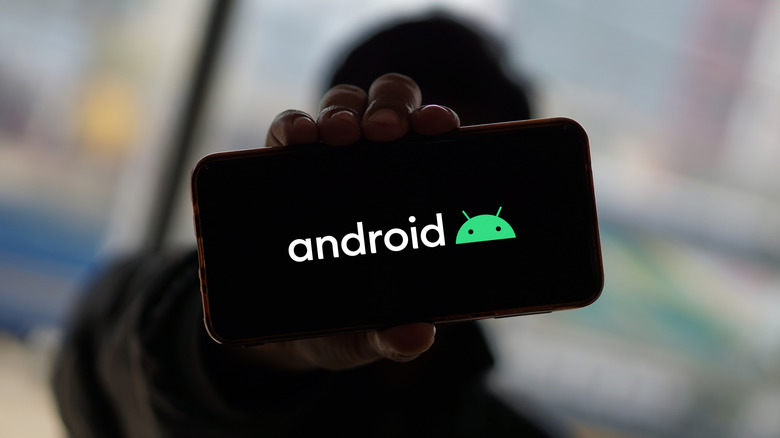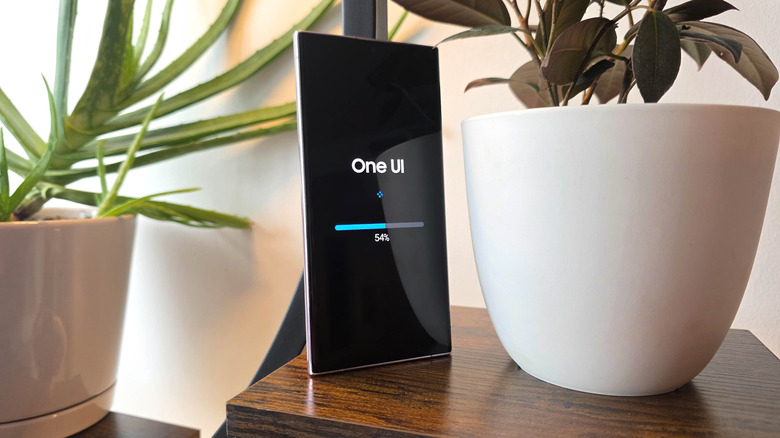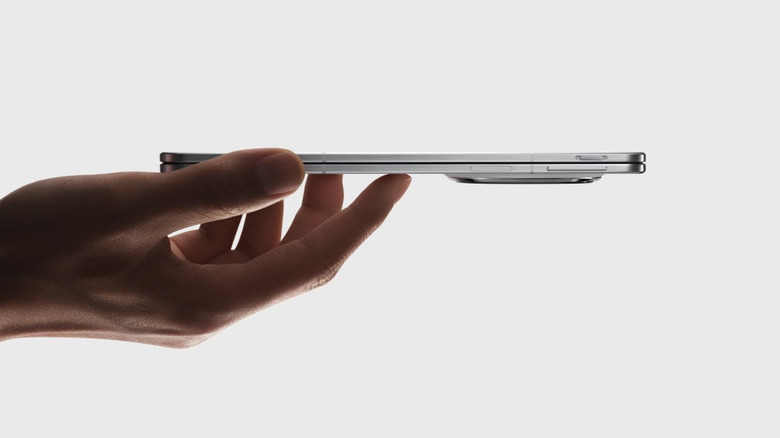If You're Buying A New Android Phone In 2025, Stay Away From These Options
Android is the most popular operating system on the planet, so it's no surprise that there are more options than ever before for those in search of a new smartphone. From flip phones and other foldables to ultra-premium flagships, and even a variety of increasingly appealing budget options, the variety is staggering. But not all phones are created equal, and some are far more equal than others. It's easy to overlook a number of red flags that savvy smartphone shoppers know to avoid. Here are three of the biggest to watch out for.
A major red flag when shopping for a new Android phone in 2025 is a limited storage capacity. Apps and games continue to balloon in size, and so do photos and videos. On the high end of the market, it's rare to see a device with less than around 256 gigabytes of storage anymore, as that's the bare minimum for a lot of folks. Even mid-range devices seem to be keeping things around 128 gigs. But on the budget side, this is a spec that often gets cut to save a dime. When browsing online retailers, it's easy to find cheap Android phones that seem like a great deal until you notice how badly they're stiffing you on storage. These devices often drop down to as little as 16 gigabytes, which is barely enough storage to run more than a few apps, especially if you plan on shooting a lot of photos. Moreover, low storage can slow down your phone, since Android phones run faster when there's enough empty storage to give them some breathing room.
A lack of Android updates can leave you vulnerable
Next up, you should always check which version of Android a phone ships with. If it's more than a generation old, that's a possible indicator the phone isn't getting new updates. In general, major versions of Android are released once a year, but there are also monthly security patches that address newly discovered vulnerabilities and bugs. It may not seem like a big deal, but when a phone is cut off from updates, problems pile up quickly. What actually happens when you don't update your Android phone is that it becomes vulnerable to malware and other attacks. Even the most up-to-date Android devices can become victims of such attacks, but the longer a phone goes without an update, the longer hackers and nefarious actors have to find ways of penetrating its outdated defenses.
A lack of updates also means you'll miss out on a lot of Android's most useful new features, and if your phone comes out of the box a couple Android versions behind, that's a major pain point. While most of the things you'll miss out on aren't must-haves, you might also end up lacking the latest anti-theft and data security features and other amenities added to the operating system in recent years. As of this writing, Android 16 has been released as the latest version of the operating system, so it's probably best to avoid new phones that still run Android 14 or lower. Even if a phone does come with Android 15, do some research to make sure the manufacturer plans to give it at least a few more major updates.
Avoid phones without Play Services or network support
These days, some of the most exciting new Android phones are not easy to get hold of in the United States. Among the best phones the U.S. is missing out on are some truly innovative devices, from boundary-pushing foldables to flagships with high-powered cameras and cutting-edge batteries. But however tempting it may be to import an Android phone, there are often serious drawbacks, including poor network support or a lack of Google services.
Not all phones, especially those sold on the American market, work on American cellular networks. Before procuring the latest Huawei, Xiaomi, OnePlus, or other foreign phones, it's important to make sure the one you choose works on your current network. Each carrier uses different bands allotted them by the U.S. government via the FCC, but phone manufacturers who don't expect to sell their devices in the U.S. market often don't worry about that. To confirm compatibility, you can double-check by searching the specs listed on the manufacturer's product page to see which wireless spectrum or frequency bands the phone works with, then checking which your wireless carrier (or the carrier you wish to activate the phone on) uses.
Some foreign smartphone brands, most notably Huawei, do not come with access to Google Play Services thanks to some international politics that are a bit beyond the scope of this article. That means they can't run the Play Store or other Google products. There are workarounds for those who don't mind some DIY tinkering, but the fixes are often janky. Most users will require Play Services to use their phone as expected, so it's best to make sure the Android smartphone you're interested in supports them.


